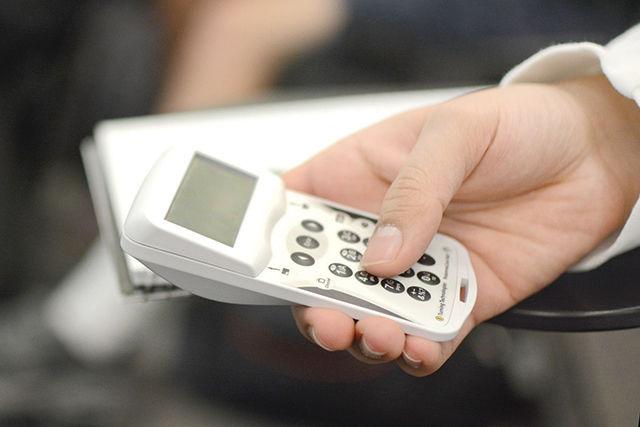In the last couple of years, NC State has been moving toward using more technology in the classrooms, particularly in the form of clickers.
However, while the clickers have many educational benefits, professors and administrators within the Office of Student Conduct have noticed the addition of more technology in the classroom increases certain elements of academic dishonesty and decreases others.
Anita Flick, the director of the Health Professions Advising Center at NC State, is a strong advocate of using electronic clickers in the classroom.
Flick started using the clickers when they were first introduced by the university about seven years ago, and continues to use them for all aspects of her classroom: attendance, review questions, quizzes and tests.
Flick said the clickers have caused less of a cheating problem than traditional test-taking methods. Traditionally when students try to cheat in class, they look at their neighbor’s sheet for answers. Using clickers makes that harder to do.
The problem with using clicker technology in class comes with attendance. According to Paul Cousins, the director of Student Conduct, since instructors rely on their students to “click in” in order to take role, it is possible for students to have his or her friend click in for them when he or she is not there.
Flick said she can see this happening often, but doesn’t think it should discourage the use of clickers. To combat this problem, Flick said she’ll send around a roll if she sees that 250 of her students have clicked in but 250 are clearly not present.
“It is what it is,” Flick said.
When students fake their attendance, not only are they lying in an academic setting, but they are missing out on interactive experiences that take place inside the classroom, Cousins said.
However, looking at academic honesty problems within the university, Cousins said attendance problems are at the bottom of the list of priorities.
“The advantages outweigh the risks,” Cousins said.
Flick and Cousins both agreed that the clickers have a major benefit to students: immediacy.
When students in Flick’s classes take a quiz or a test they know their scores immediately after, and she can see how all of her students did within 30 minutes.
When students work on practice problems in classes that have clickers, they can get feedback immediately. They can see if they understand the material or not instead of waiting until the night before the test, Flick said.
Cousins said that the immediacy made it a “warmer exchange” for students. When students take a traditional test, they turn it in and aren’t given any feedback at that time. It’s a one-way exchange. With the clickers, however, the students submit their work, and get an immediate response.
“[Electronic clickers] close the gap between what the instructor is trying to say and what the student is hearing,” Cousins said.








